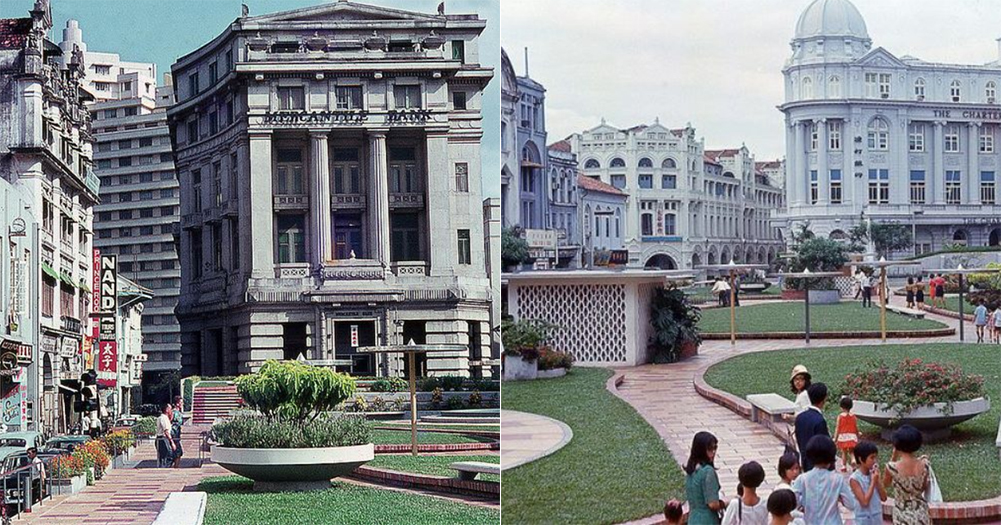David Ayres, 73, is an avid photographer.
He was once part of the British Royal Navy and came to Singapore twice in the 1960s.
His first trip here was in 1963 to 1964, and second trip in 1966 to 1967.
Based at Sembawang Naval Base, Ayres took plenty of photos both times he was in Singapore, both in colour and black-and-white.
These photos can now be found on his Flickr account, in an album "Oldies SE Asia".
Looking through the photos gives a glimpse of an era in Singapore that not many at that time had the means to photograph.
Singapore in the 1960s
Ayres' photos of Singapore are extensive.
Many of them are focused on, though not limited to, the central and northern districts of Singapore (where he was based in Sembawang), perhaps a reflection of where he spent most of his time while here.
These are some of the photos he took:
Central
Photos of Raffles Place in 1966:
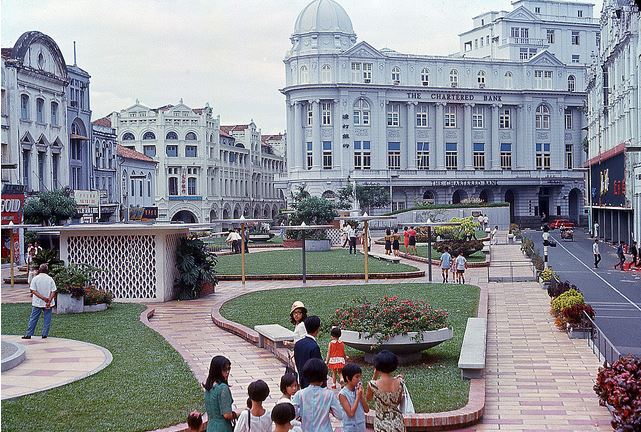 Source: David Ayres Flickr
Source: David Ayres Flickr
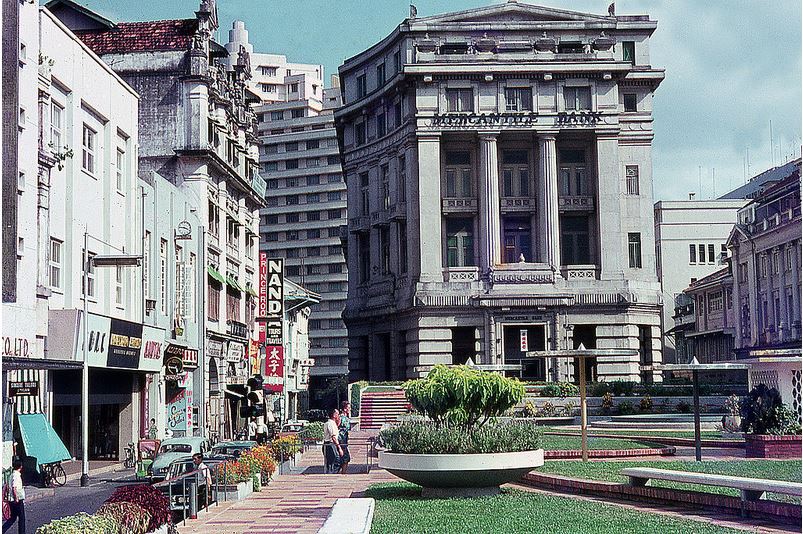 Source: David Ayres Flickr
Source: David Ayres Flickr
In the first photo, Ayres noted in the caption that the John Little shopping centre is on the right, while in the second photo, he added, "It would appear that all these buildings are now gone."
Here's how Raffles Place presently looks as a point of comparison:
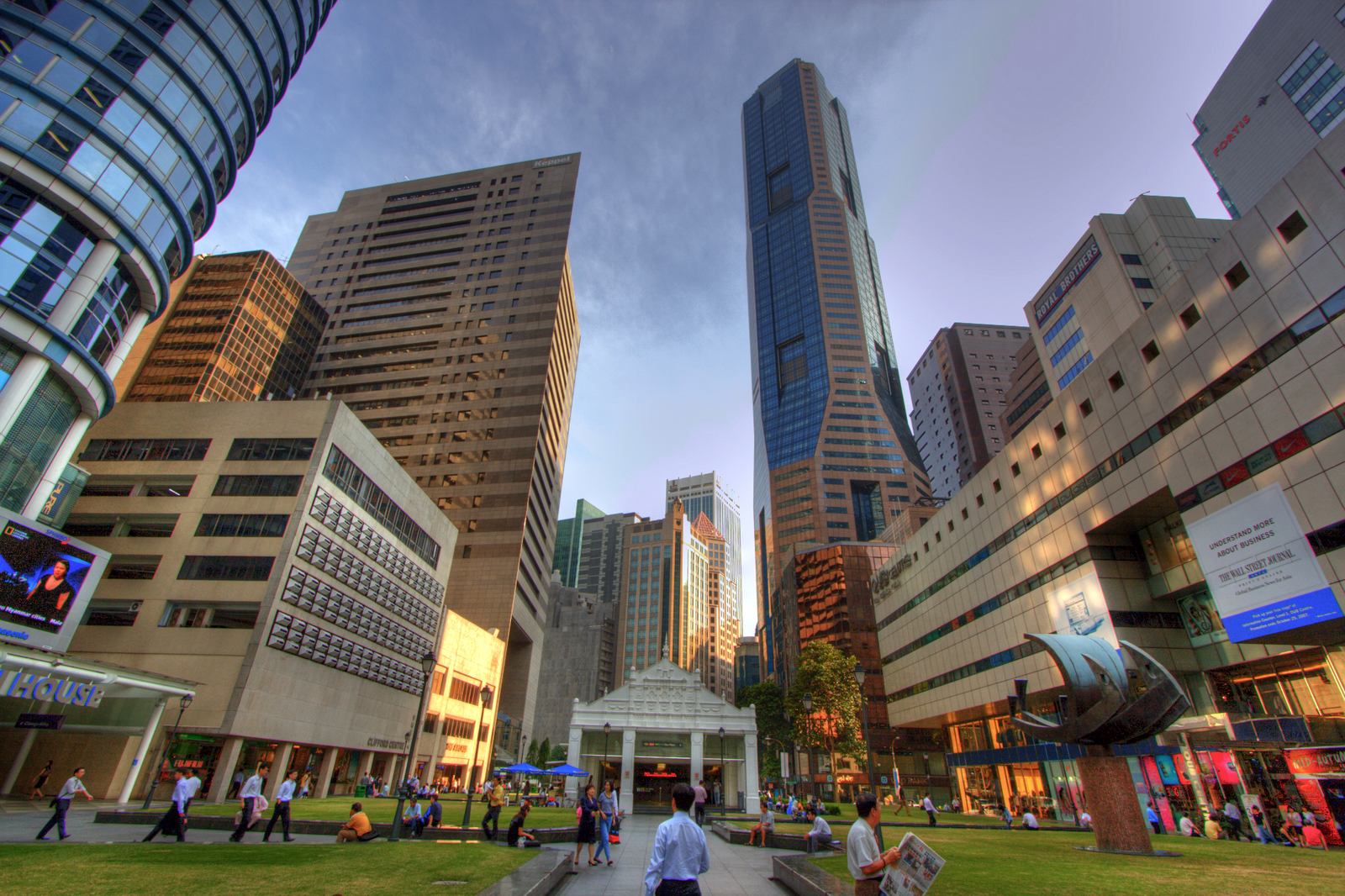 Source: Wikipedia
Source: Wikipedia
This was Albert Street in 1966, with its various road stalls.
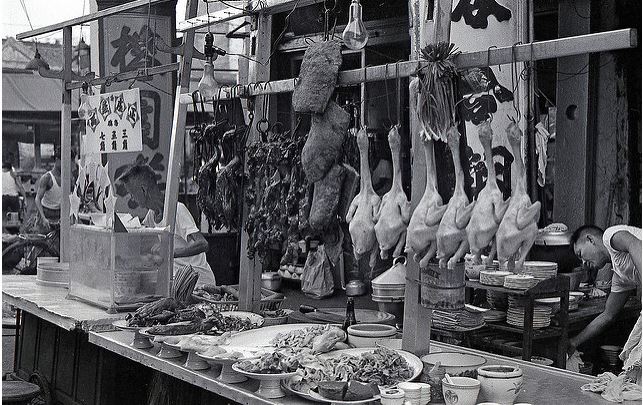 Source: David Ayres Flickr
Source: David Ayres Flickr
In his caption for the photo, Ayres praised the food and revealed an interesting tidbit of how food was served in the restaurants during those days:
"To eat you chose a restaurant - an upstairs window table was best, and ordered your food. You could look out and see the waiter going up and down the stalls, collecting your food. It didn't matter which restaurant you chose, it was all the same food.
The food was Malay, Indian and many varieties of Chinese, and was all excellent."
Albert Street was subsequently pedestranised in 1998 and is now filled with multiple street vendors, mostly Chinese, hawking their wares.
This is how Albert Street looks like now:
[caption id="" align="alignnone" width="960"] Source: Riswanto Cupliz Facebook[/caption]
Source: Riswanto Cupliz Facebook[/caption]
Ayres also has a vivid memory of the old Bugis Street.
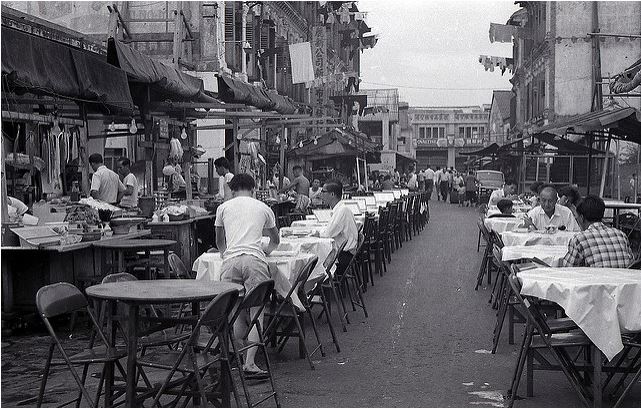 Source: David Ayres Flickr
Source: David Ayres Flickr
Taken in 1966, here's how Ayres recalled Bugis back then:
"A street market by day, in the evening it became one long open air bar and restaurant. This must have been taken around 6pm before darkness fell, and long before the street theatre, colourful characters and drinkers thronged the street.
This was all demolished in 1985 as Singapore became a modern city, but such was the outcry, they were forced to build a new Bugis street, although by all accounts a sanitized shopping version. In Singapore now it would not be possible to have a street as politically incorrect or lively as the original Bugis Street."
And here's how Bugis Street looks like, in its present incarnation with its various stalls:
[caption id="" align="alignnone" width="729"] Source: To Do List Facebook [/caption]
Source: To Do List Facebook [/caption]
North
This was how Yishun, previously known as Nee Soon, once looked like in 1966.
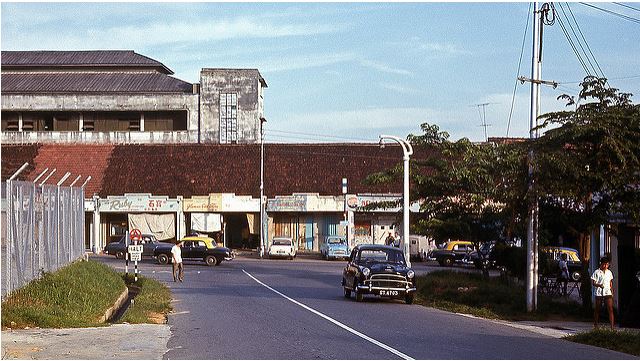 Source: David Ayres Flickr
Source: David Ayres Flickr
For Ayres, the name Nee Soon conjured up memories of its name being used to replace the word "moon" in famous songs, such as Everyone's Gone to the Moon and Fly Me to the Moon:
"A popular song of the time was Johnathan King singing 'Everyone's gone to Nee Soon'. Frank Sinatra was also singing 'Fly me to Nee Soon and let me play amongst the bars.'"
Currently, Yishun is well-known for other things.
Ayres also has a shot of ice-cream sellers along Sembawang jetty taken in 1967, adding in the caption that:
"This is the jetty we used to set off from with our small banyan boats. We sailed up the coast of Johore to Jason's Bay for our Banyan weekends."
For those not in the know, "Banyan weekends" is the British Royal Navy's term for R&R.
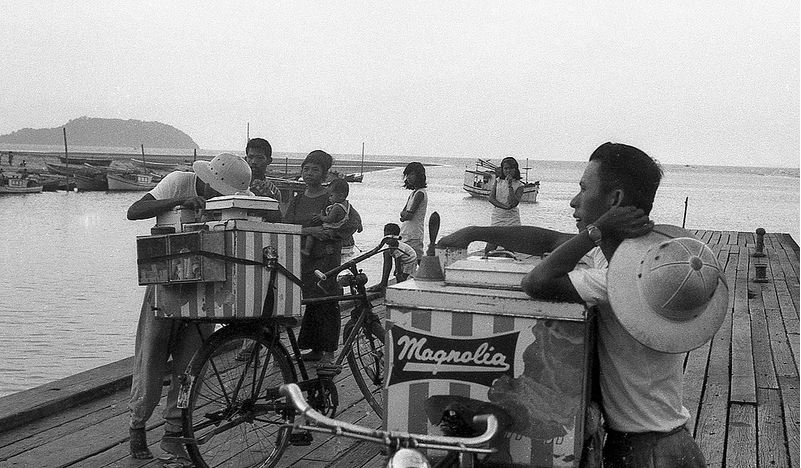 Source: David Ayres Flickr
Source: David Ayres Flickr
Presently, this is how Sembawang jetty looks like:
[caption id="" align="alignnone" width="768"]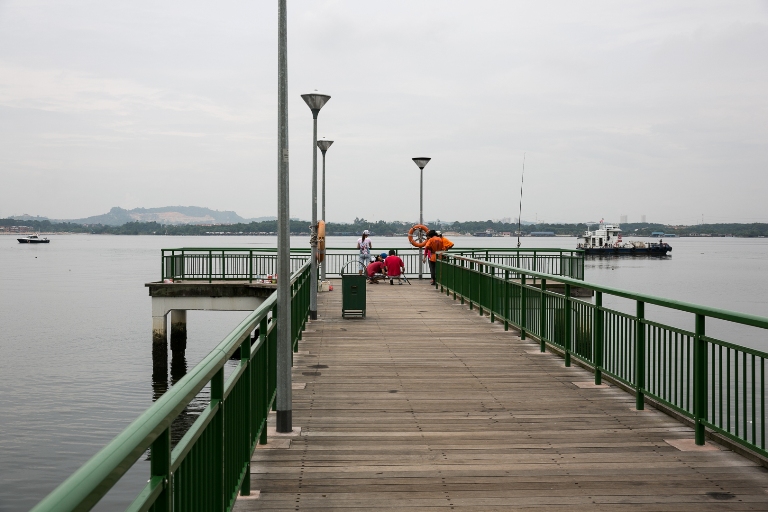 Source: NParks Singapore[/caption]
Source: NParks Singapore[/caption]
Then there are his multiple photos of Sembawang Village, which is located outside the naval base.
In one of the photos, Ayres recounted:
"The stalls at Sembawang did all kinds of food. At the right of the photo is the Seletar Cafe and Bar.
We used to eat out at the food stalls, and would just use the bars when we wanted a beer or two."
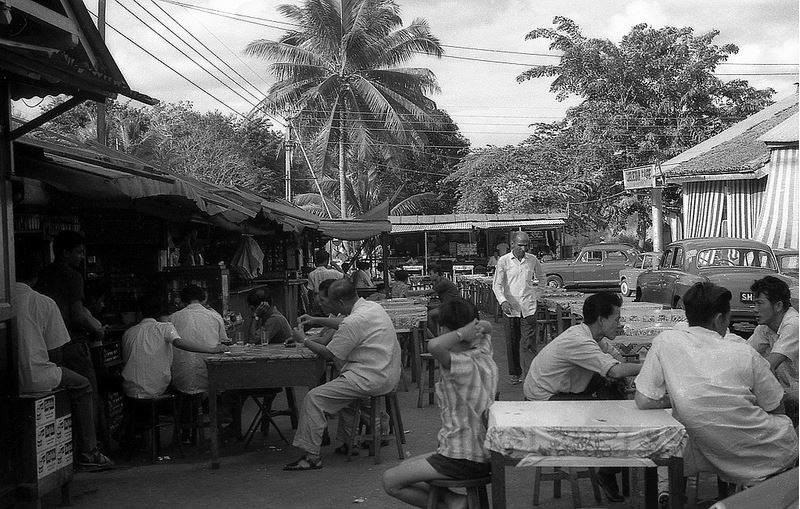 Source: David Ayres Flickr
Source: David Ayres Flickr
As for Sembawang Village at the present, it currently consists of only the row of two-storey shophouses where the coffee shop was once at.
The coffee shop has since been replaced by eateries and bars.
[caption id="" align="alignnone" width="616"] Source: Commercialguru[/caption]
Source: Commercialguru[/caption]
Returned for a third time in 2016
Ayres returned for to Singapore for a third time in 2016.
Considering that the opening to his album's description is as follows:
"Every time you take a photo you are capturing an instant in the past. Never more so than these photos that capture some scenes from a lost world, that of Eastern Asia in the 1960's. Most of the places shown here have changed out of all recognition."
It is safe to say that for Ayres, much of Singapore has greatly changed and his photos are one for the few ways to access a past that has long since vanished, both for us and for himself.
[related_story]
Other photos of Singapore in the 1960s:
Top image from David Ayres Flickr
If you like what you read, follow us on Facebook, Instagram, Twitter and Telegram to get the latest updates.
